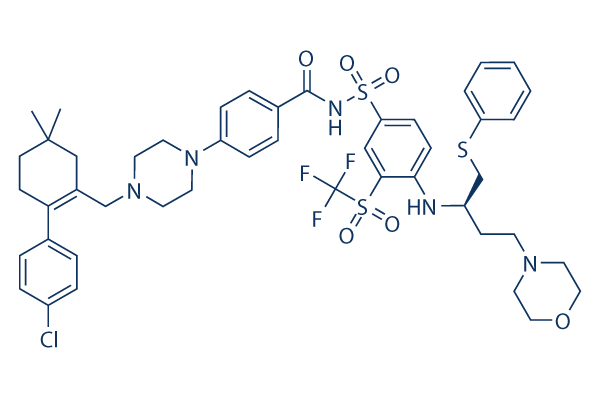Not long ago, NeuN has become recognized because the Fox three gene item. For that reason, we performed co labeling of anti NeuN with anti Fox three antibody. Inter estingly, we didn’t obtain any big difference in Fox 3 expres sion for the duration of the time course of the EAE, indicating no alteration while in the level of neuronal cells during the time program of your EAE. The loss of NeuN immunoreactivity may be accompanied with precise improvements while in the EAE condition that cause a alter in NeuN antigenicity, as continues to be reported in other ailments. Furthermore we analyzed the patterning of your neuro peptide calcitonin gene regulated peptide along with the nonpeptidergic isolectin B4. Despite the fact that there was no difference while in the density of CGRP immunoreactive fibers during the spinal dorsal horn in SJL EAE mice or handle mice during the time course on the EAE, we observed a rise in IB4 optimistic signals throughout the whole spinal cord in the onset with the sickness.
We registered maximal boost in IB4 ex pression at the peak stage in the disorder, which decreased straight from the source from the chronic phase. Simply because IB4 selectively binds activated microglia cells, our success indicate a strong activation of microglia in SJL EAE mice at condition onset and at peak phase on the condition. Co labeling scientific studies with anti GFAP, a marker for astrocytes and anti Iba1, a marker for microglia cells, confirmed the expression of IB4 specifically in microglia. As glia cells play an important role in EAE we investi gated the time program of astrocyte and microglia exercise during the spinal cord of SJL EAE and manage mice.
Immu nohistochemistry with anti GFAP antibody showed a rise in GFAP beneficial cells at disease onset in the spinal dorsal horn. The number of GFAP positive cells more selleck chemical enhanced while in the peak and chronic phase within the disease, and cells became activated as viewed by their morphological changes. Similarly, making use of the microglia particular anti Iba1 antibody, we noticed an induction of microglia cells at illness onset and from the continual phase from the condition and activation of microglia, which was evident by morphological alterations. Simply because microglia and astrocyte activation plays a crucial role in ache, we in contrast the time course of microglia and astrocyte activation in SJL EAE and C57 EAE animals in even more detail.
Interestingly, we discovered a comparable activation of microglia as shown with anti Iba1 antibody inside the  dorsal horn of the spinal cord dur ing the onset phase in SJL EAE and C57 EAE mice, but to a lesser extent in C57 EAE mice as in comparison with SJL EAE mice within the peak phase also as while in the persistent phase with the sickness. To quantify the amount of microglia cells inside the persistent phase with the disease, we measured the fluores cence intensity in lamina I and II within the spinal dorsal horn and located a substantially higher fluorescence inten sity for Iba1 in SJL EAE mice as in comparison to C57 EAE of astrocytes through the use of an anti GFAP antibody.
dorsal horn of the spinal cord dur ing the onset phase in SJL EAE and C57 EAE mice, but to a lesser extent in C57 EAE mice as in comparison with SJL EAE mice within the peak phase also as while in the persistent phase with the sickness. To quantify the amount of microglia cells inside the persistent phase with the disease, we measured the fluores cence intensity in lamina I and II within the spinal dorsal horn and located a substantially higher fluorescence inten sity for Iba1 in SJL EAE mice as in comparison to C57 EAE of astrocytes through the use of an anti GFAP antibody.
BRAF signal
The BRAF gene is a proto-oncogene
